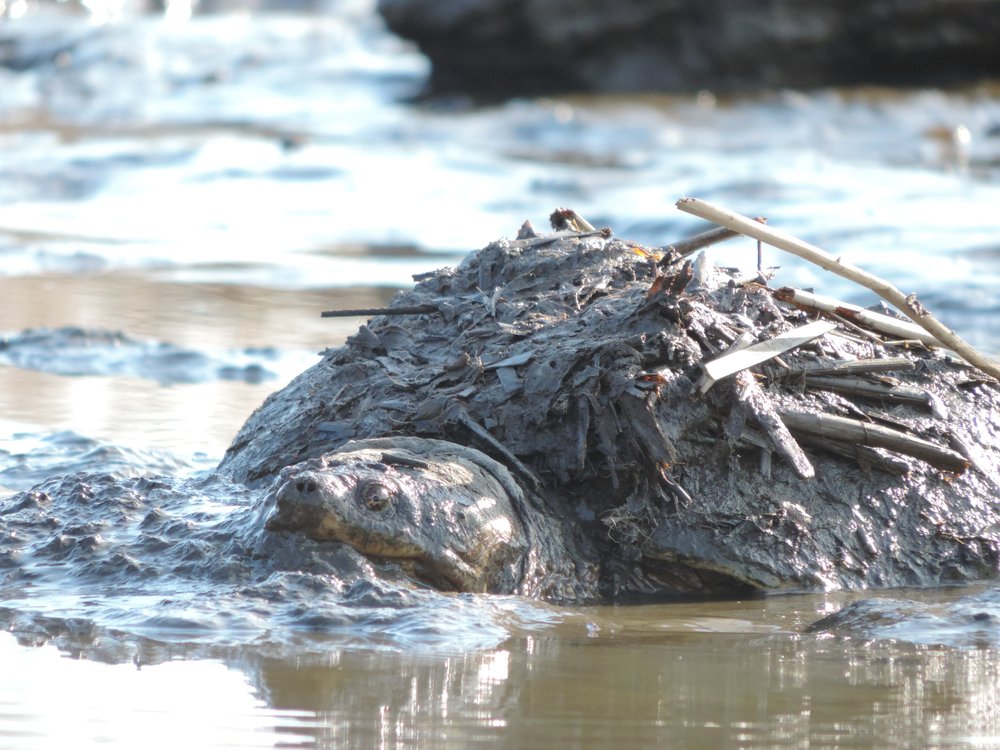Back on the water, 2014
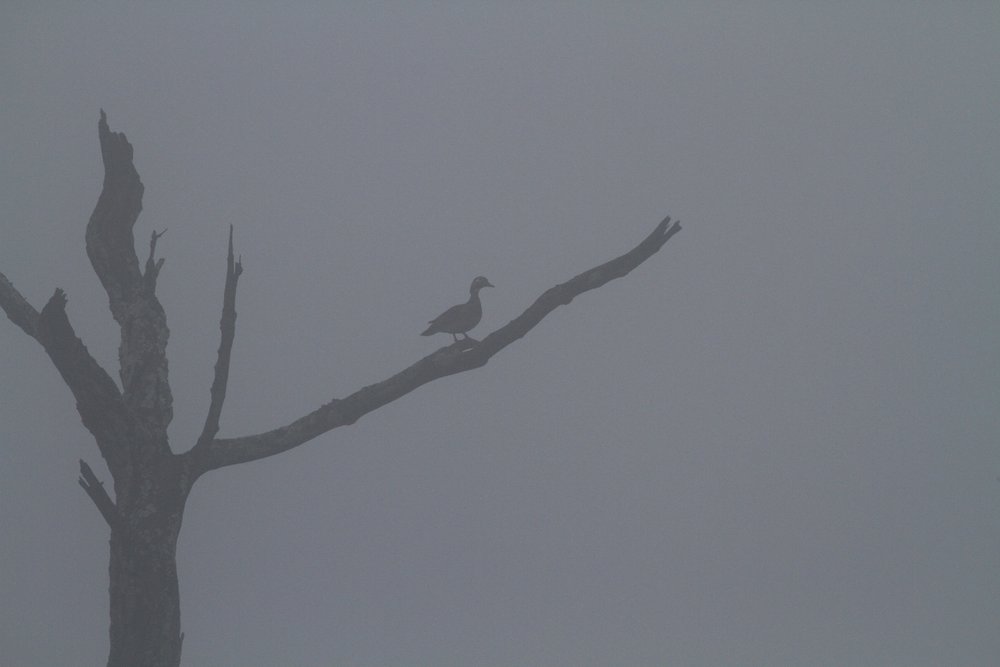
Four of us carted our kayaks down the wooden stairs at the North Tivoli Bay launch at noon. Sun, blue sky, a light breeze had taken over. We eased our wetsuit-cloaked bodies into our sleek boats and pushed off. It seemed so normal. And yet but two months ago we were walking this same spot on ice, hefting through snow that reached to our thighs. Now it was all liquid and freedom. To paddle out, under the railroad trestle onto the Hudson River, cold and brown, wide and empty. We skirted the eastern shore, trailing the rip rap, and the still bare trees; the wake of a tug and barge knocked us around a bit. Then we popped back into the bay through a southern passage.

Four of us carted our kayaks down the wooden stairs at the North Tivoli Bay launch at noon. Sun, blue sky, a light breeze had taken over. We eased our wetsuit-cloaked bodies into our sleek boats and pushed off. It seemed so normal. And yet but two months ago we were walking this same spot on ice, hefting through snow that reached to our thighs. Now it was all liquid and freedom. To paddle out, under the railroad trestle onto the Hudson River, cold and brown, wide and empty. We skirted the eastern shore, trailing the rip rap, and the still bare trees; the wake of a tug and barge knocked us around a bit. Then we popped back into the bay through a southern passage.
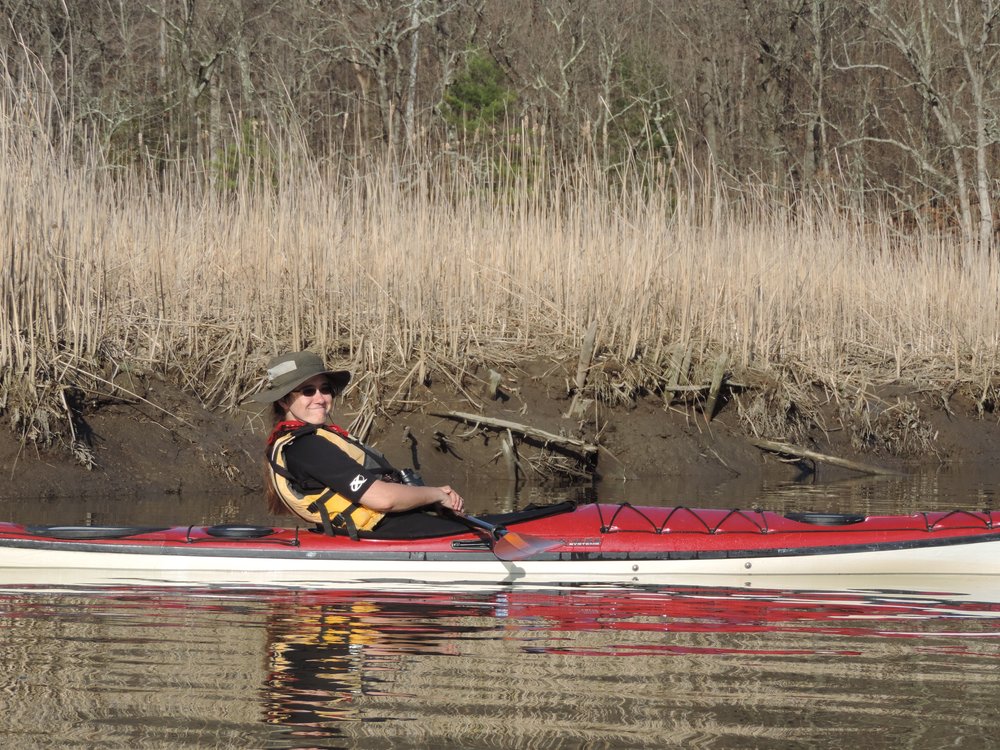
“Let’s see an osprey, a long tailed duck,” Christina said. "And a smew."
I nodded. The osprey was possible. As for the duck, less likely. I didn’t even know what a smew looked like but Christina had been clamoring for one for the past few weeks. (A smew is a dashing looking Eurasian black and white merganser, and a rare visitor to the western Aleutian islands of Alaska).
It is a treat to look for birds with someone more optimistic than I am. “Let’s go find that smew,” I said as we gathered to paddle across the river. The Hudson felt bare, exposed without green to rim the shoreline and boats purring north and south. We spied a few other kayaks but otherwise, it was us, the outgoing tide, and a few spring logs floating south.
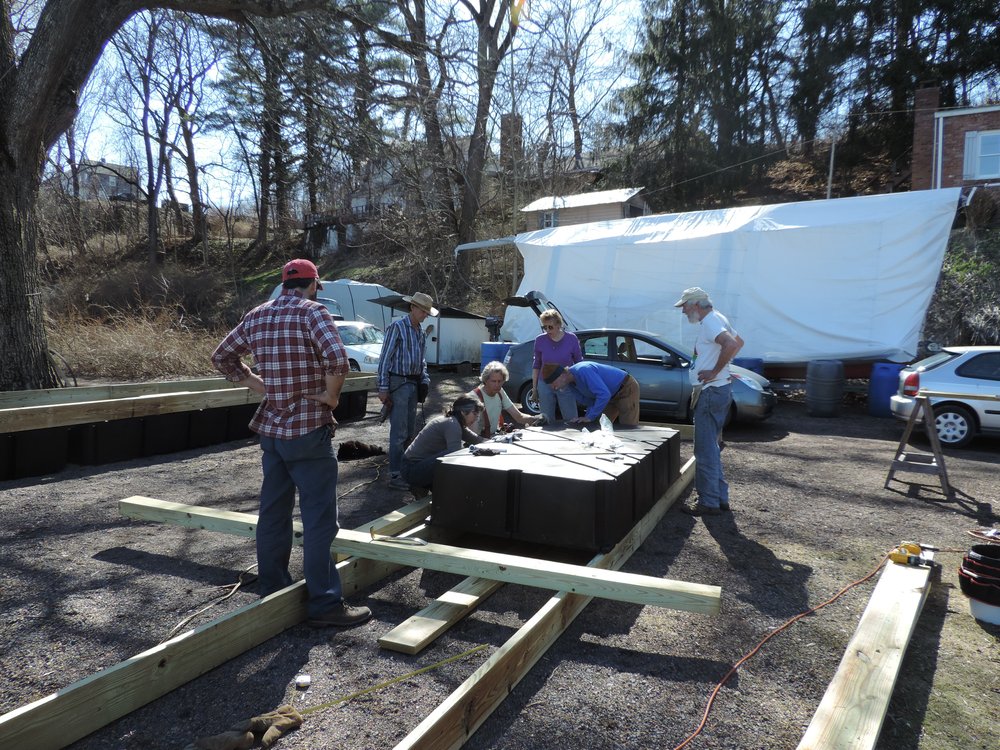
North, we found green-winged teal on the shoreline, a few common mergansers floating nearby and bufflehead out in deeper water. I looked up to see an osprey flying over, the crooked wings distinctive.
“There’s your osprey,” I called to Christina. Sometimes I believe that if you wish hard enough to see a bird, it will appear. Was the smew next? No, what was next, was a one boat parade coming from the south. The unbalanced, brightly colored ship is a replica of the Half Moon, the ship Henry Hudson sailed in 1609. When I think of Hudson I don’t usually have kind thoughts, but looking at this squat ship, I scrolled back to imagine the courage, perhaps folly it took to embark on these early voyages.
 “And remember, no gps system or maps, just the moon and stars and a sextant and vast oceans of doubt and wonder,” I said to my travel mates.
“And remember, no gps system or maps, just the moon and stars and a sextant and vast oceans of doubt and wonder,” I said to my travel mates.
Once back in the North Bay, tired and happy from the sun and the movement, we moved slowly, chasing two disgruntled Canada geese. A barred owl hooted from the woods, an early evening call. I spied a lump in the mud--it was now low tide. The shape was odd enough that I stopped to look. Sure enough, the mud lump had two eyes, nostrils. My first snapper of the season. Soon, it squished its head below the surface.
No smew, but a duck in the fog and a snapper in the mud. A river to paddle and friends to paddle with.
A Birdy Day
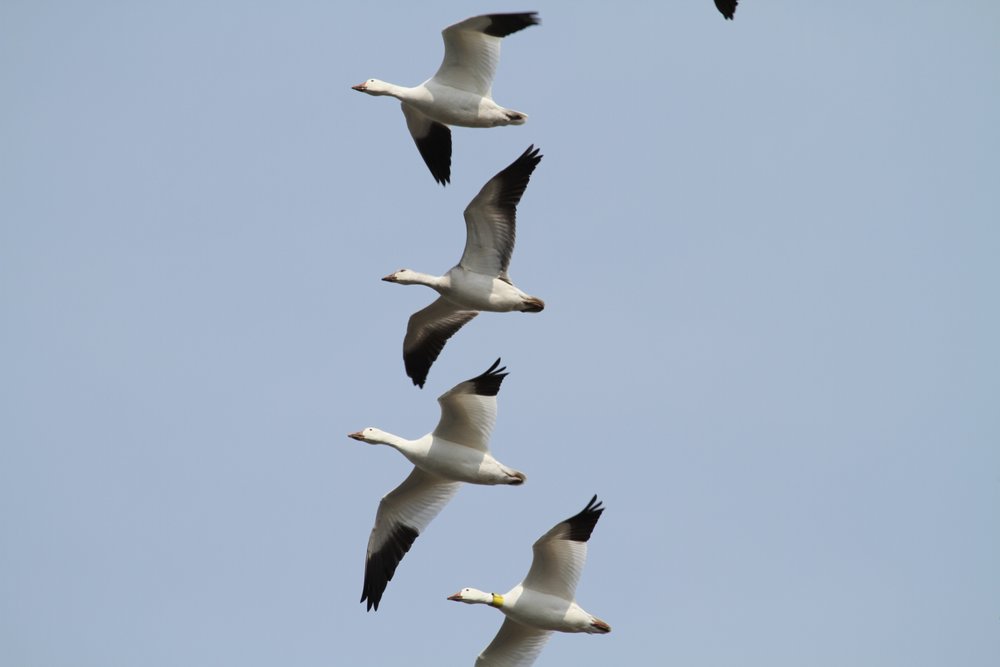
So when, on Sunday, my friend Bruce Robertson and I went out to see what ducks were coming through the valley, I was stunned by the masses of birds. Hundreds of Canada Geese congregated on the fields at Greig Farm and a flock of over 100 Snow Geese with their black tipped wings skittishly took off, circled and landed. In every direction I looked there were birds coming in or taking off. A puddle of ducks—the puddle just freshly melted ice from this interminable winter—brought me a Pintail with its elegant neck and an American Wigeon.

So when, on Sunday, my friend Bruce Robertson and I went out to see what ducks were coming through the valley, I was stunned by the masses of birds. Hundreds of Canada Geese congregated on the fields at Greig Farm and a flock of over 100 Snow Geese with their black tipped wings skittishly took off, circled and landed. In every direction I looked there were birds coming in or taking off. A puddle of ducks—the puddle just freshly melted ice from this interminable winter—brought me a Pintail with its elegant neck, and an American Wigeon.
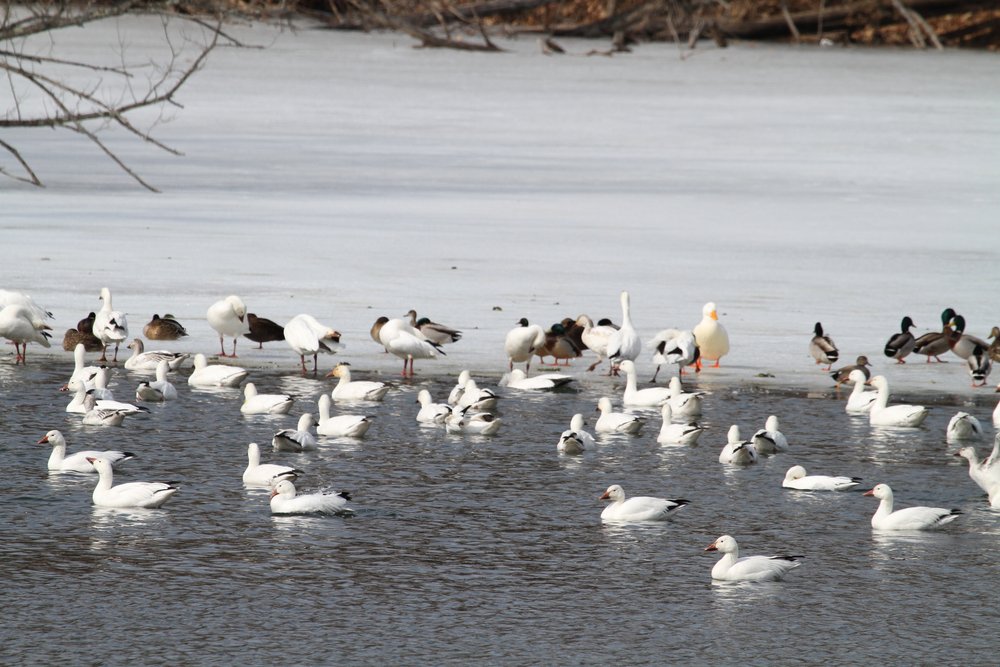
Seeing so many birds in one day, I was intoxicated. And I am trying to decide if the abundance felt so abundant because I’m coming out of winter or if simply lots of birds are a rare thing. I have been spending my long winter evenings sitting by the fire reading the journals of Alexander Wilson, the father of American ornithology. The sheer number of birds within his travels there in early 19th century is a joy to read of: hundreds of Clapper Rails in one day! Red-headed woodpeckers galore! If I see one of these birds I dance a jig for days.
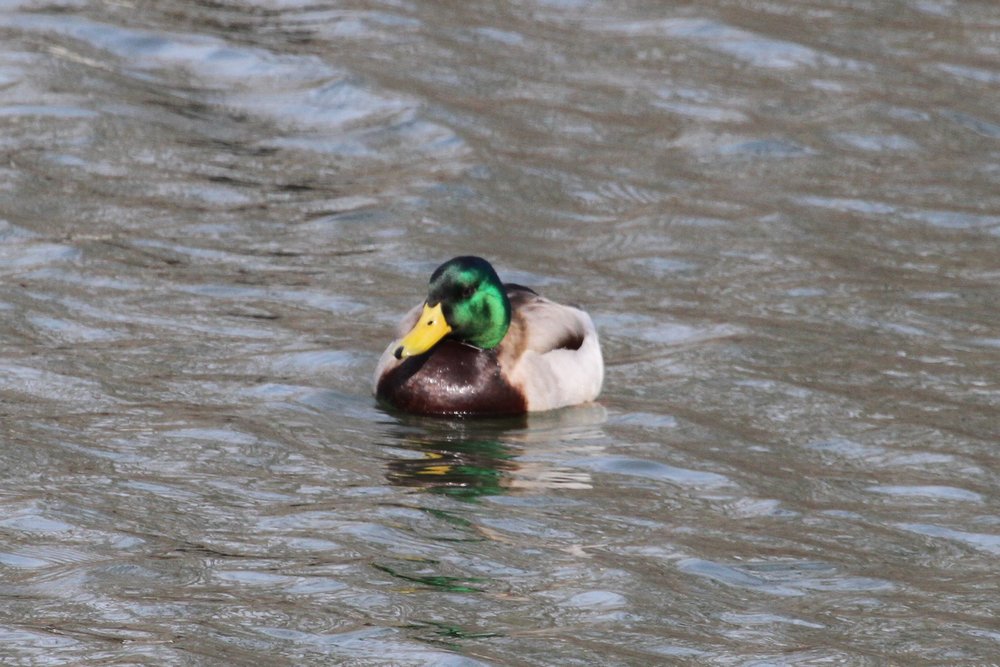
Feeding Birds

The birds at my feeder this cold winter season have been fairly consistent: House Finch, the males turning more red through the winter; Goldfinch in their little yellow tuxedos; Black-capped Chickadee, ready to perch on my head while I refill the feeder; White-breasted Nuthatch peering head-down from a neighboring tree; Tufted Titmouse, their wide eyes in a constant stat of alarm; White-throated Sparrows showing off their striped helmets; from time to time a splash of red that is the Cardinal; and a few Mourning Doves, like loaves of bread on a limb, waiting their turn to forage on the ground. I spend a lot of time with my binoculars watching them come and go. They become, in my mind, my birds. We agree the feeder should be full when the sun comes up. We agree the cat should watch from the safety of the window. We agree they are beautiful.

The birds at my feeder this cold winter season have been fairly consistent: House Finch, the males turning more red through the winter; Goldfinch in their little yellow tuxedos; Black-capped Chickadee, ready to perch on my head while I refill the feeder; White-breasted Nuthatch peering head-down from a neighboring tree; Tufted Titmouse, their wide eyes in a constant state of alarm; White-throated Sparrows showing off their striped helmets; from time to time a splash of red that is the Cardinal; and a few Mourning Doves, like loaves of bread on a limb, waiting their turn to forage on the ground. I spend a lot of time with my binoculars watching them come and go. They become, in my mind, my birds. We agree the feeder should be full when the sun comes up. We agree the cat should watch from the safety of the window. We agree they are beautiful.

It was while watching my birds one morning that I noticed a male House Finch with a clouded over eye. My heart sank. I took down the feeder even before looking up what might be wrong. Avian conjunctivitis is a disease that has spread on the East Coast in recent years. Infected birds become blind. Unable to find food, they die. I watched as the finch at my feeder dove in for a sunflower seed, then returned its good eye to vigilance. It needed that one eye for both seeing and to look out for a hungry Cooper’s Hawk that might rush through. Living with one eye clearly challenged the bird.
For a while, the Cornell Lab of Ornithology was tracking cases of the disease, which seems isolated to the House Finch. Funding dried up and the project shelved, but the disease clearly continues. Later that day, the DEC sent out an email reminding people to clean their bird feeders. Last year at this time, Redpolls had been dying from diseases, often spread at feeders. Feeders need to be cleaned every two weeks in a 10 percent bleach solution. It’s an odd feeling to be helping the birds and at once helping to spread illness. To feed or not?

For now, my job is to keep the feeder full, and clean.
Sailing on Ice, Walking on Water

From high at Poet’s Walk, just north of the Kingston Rhinecliff Bridge, we could see the boats skidding across the ice. In the not so far distance, an enormous tanker lazily crunched its way south in the open channel. The ice boats stayed away from that channel, zipping carefree north to Barrytown and south toward the bridge. Four or five boats were under sail.

From high at Poet’s Walk, just north of the Kingston Rhinecliff Bridge, we could see the boats skidding across the ice. In the not so far distance, an enormous tanker lazily crunched its way south in the open channel. The ice boats stayed away from that channel, zipping carefree north to Barrytown and south toward the bridge. Four or five boats were under sail.

People gathered about, preparing their boats for a sail. There must have been forty boats in all, small and large. A friend pointed out the stars in the pack, like the Rocket, built in 1888, which had not be on the ice since 1925. The Shrewsbury Ice Yacht Club had rebuilt this gem. And if there were forty boats, there were hundreds of people, chatting, eating, drinking, finding old friends and making new ones. I have never seen so many men with beards wearing Carhartts. Every one of them looked like they could fix or repair anything. In the cold.

It is just now, in March, that I start to miss the Hudson River, the wide expanse of sky over my shoulders as I kayak out to Magdalen or Cruger Islands, or dip into the North Tivoli Bay. I start to dream of long days on the water, exploring reaches to the north, where the river narrows. So I spent today on the river, though not in my kayak. I stood on the ice, then walked out and north, following cracks in the ice, and listening to the ice groan and buckle as the tide came in. At times I laughed a nervous laugh, worried that the ice might crack and drop me into the cold. As a boat sped by, further out on the ice, I heard the swoosh of runners against ice, a sound like an ice skater carving a hard, frosty turn, only amplified. As I continued north, walking on water, I looked out at the vast expanse of ice that covered what I think of as my reach.

